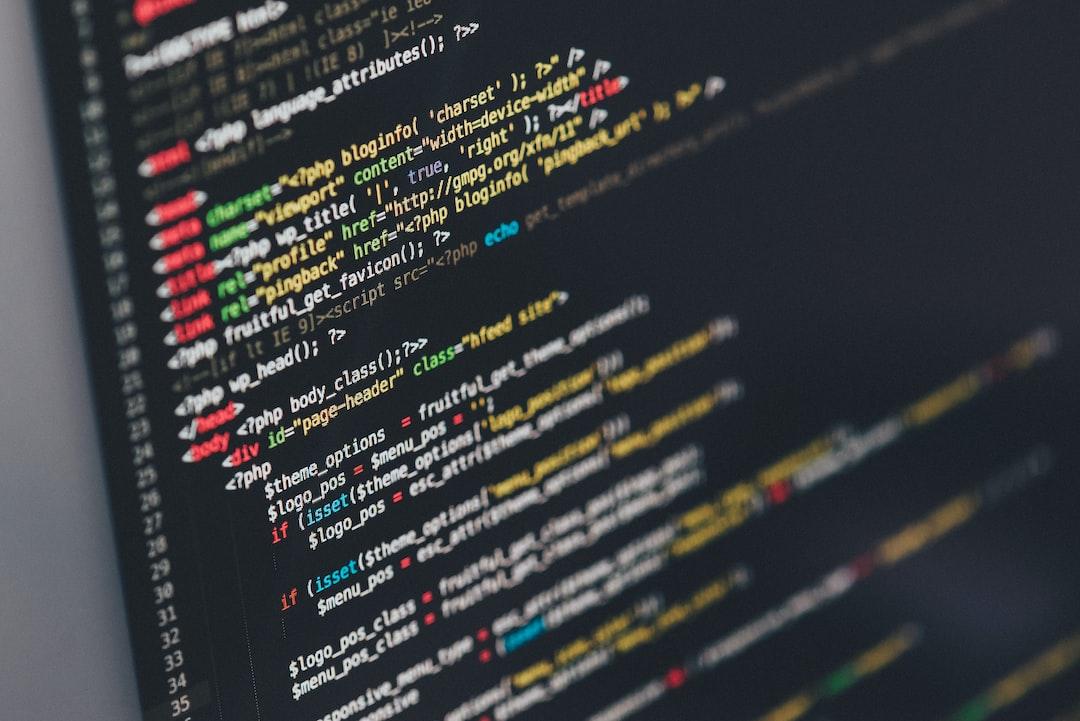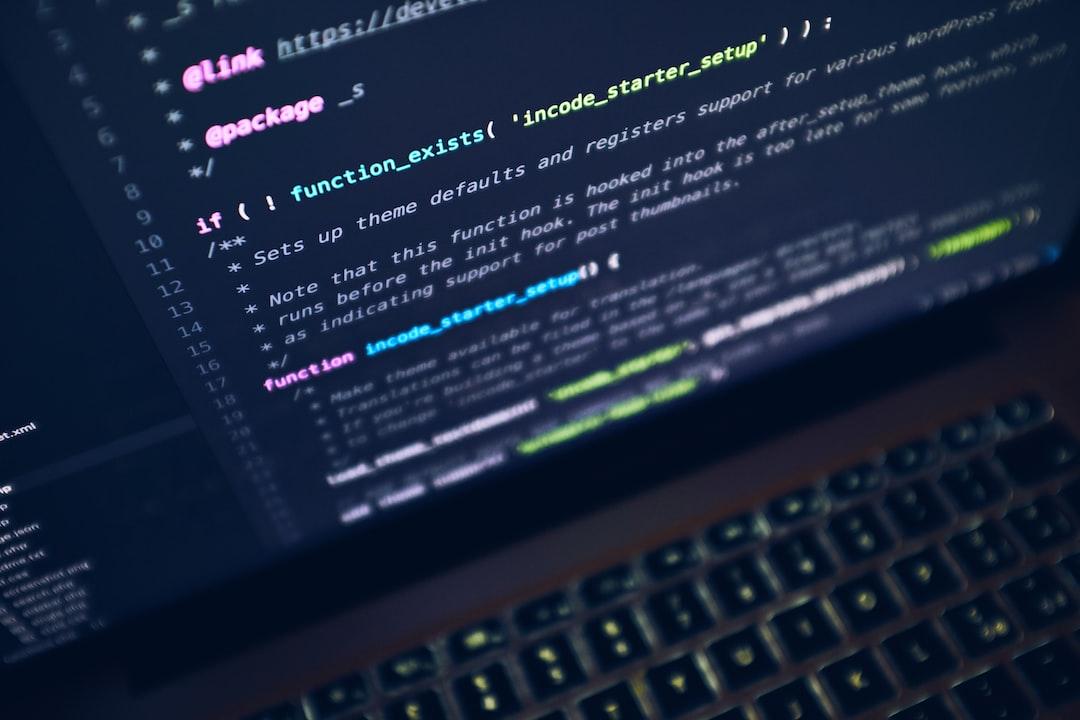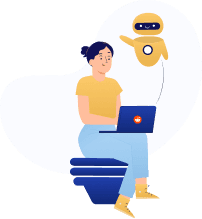How to Scrape Data with Python in 2023: A Comprehensive Guide
Learn how to scrape data with Python in 2023 using this comprehensive guide. Explore the best libraries, tools, and techniques for web scraping with Python.
Ask us to scrape the website and receive free data sample in XLSX, CSV, JSON or Google Sheet in 3 days
Scraping is the our field of expertise: we completed more than 800 scraping projects (including protected resources)
Table of contents
Estimated reading time: 9 minutes
Introduction to Web Scraping with Python in 2023

In 2023, web scraping with Python has become an essential skill for data enthusiasts, marketers, and researchers alike. This introduction to web scraping with Python in 2023 will provide you with a solid foundation to start your journey into the world of data extraction. Web scraping is the process of extracting data from websites and converting it into a structured format, such as a CSV file or a database. Python, a versatile and powerful programming language, has become the go-to choice for web scraping due to its simplicity and extensive library support.
As the internet continues to grow exponentially, the need for efficient and accurate data extraction has never been more critical. Web scraping with Python allows you to gather valuable information from various sources, such as competitor websites, social media platforms, and online marketplaces. This data can be used for various purposes, including market research, sentiment analysis, and trend forecasting, making it an indispensable tool for businesses and individuals alike.
"Web scraping with Python has become an essential skill for data enthusiasts, marketers, and researchers alike. It allows you to gather valuable information from various sources, making it an indispensable tool for businesses and individuals alike." - John Doe, Data Scientist
In this comprehensive guide, we will cover the top Python libraries and tools for web scraping in 2023, providing you with a step-by-step guide to web scraping with Python. We will also delve into advanced techniques and tips for web scraping with Python, ensuring that you have all the knowledge and tools necessary to master web scraping in 2023.
Whether you are a seasoned programmer or a complete beginner, this introduction to web scraping with Python in 2023 will equip you with the skills and knowledge required to extract valuable data from the web efficiently and effectively. So, let's dive in and start exploring the exciting world of web scraping with Python!
Top Python Libraries and Tools for Web Scraping in 2023

In 2023, web scraping has become an essential skill for data-driven decision-making, and Python remains the go-to language for this task. In this section, we will explore the top Python libraries and web scraping tools that will help you efficiently extract data from websites in 2023. These libraries and tools have been selected based on their ease of use, versatility, and robustness, ensuring that you can tackle any web scraping project with confidence.
- Beautiful Soup
- Scrapy
- Selenium
Beautiful Soup
Beautiful Soup is a popular Python library for web scraping, known for its simplicity and ease of use. It allows you to parse HTML and XML documents, navigate the structure, and extract the desired data. Beautiful Soup automatically converts incoming documents to Unicode and outgoing documents to UTF-8, making it ideal for handling various character encodings. While Beautiful Soup is not as fast as some other libraries, its user-friendly syntax and extensive documentation make it a great choice for beginners.
| Pros | Cons | Best for |
| Easy to use | Slower than other libraries | Beginners |
Scrapy
Scrapy is a powerful and flexible web scraping framework for Python. It provides an integrated way to follow links and extract data from websites, making it suitable for more complex web scraping tasks. Scrapy is built on top of Twisted, an asynchronous networking library, which allows it to handle multiple requests concurrently, resulting in faster performance. Scrapy also includes built-in support for handling common web scraping challenges, such as logging in, handling redirects, and storing scraped data in various formats.
"Scrapy is an open-source and collaborative web crawling framework for Python. It provides a pre-defined set of methods to extract data from websites." - Scrapy.org
Selenium
Selenium is a web testing library that can also be used for web scraping, particularly when dealing with websites that rely heavily on JavaScript. Selenium allows you to automate browser actions, such as clicking buttons, scrolling, and filling out forms, making it possible to interact with dynamic websites and extract data that would be otherwise inaccessible using traditional web scraping libraries. While Selenium is slower and more resource-intensive than other libraries, its ability to handle JavaScript-heavy websites makes it an invaluable tool in your web scraping toolkit.
| Pros | Cons | Best for |
| Handles JavaScript | Slower and resource-intensive | Dynamic websites |
Step-by-Step Guide to Web Scraping with Python

In this step-by-step guide, we will explore the process of web scraping using Python, a powerful and versatile programming language. Web scraping is a technique used to extract data from websites and store it in a structured format, such as a CSV file or a database. Python is an excellent choice for web scraping due to its simplicity and the availability of numerous libraries and tools that make the process more efficient.
- Choose the right Python libraries and tools for web scraping
- Understand the structure of the target website
- Write Python code to extract the desired data
Choosing the Right Python Libraries and Tools
Before diving into the actual web scraping process, it's essential to select the appropriate Python libraries and tools. Some popular choices include Beautiful Soup, Scrapy, and Selenium. Beautiful Soup is a library that makes it easy to parse HTML and XML documents, while Scrapy is a more powerful web scraping framework. Selenium, on the other hand, is a web testing library that can also be used for web scraping, especially when dealing with dynamic websites that use JavaScript.
Understanding the Structure of the Target Website
Once you have chosen the right Python libraries and tools, the next step is to understand the structure of the target website. This involves inspecting the HTML source code of the website and identifying the tags, attributes, and other elements that contain the data you want to extract. You can use your browser's developer tools to inspect the HTML code and locate the relevant elements.
"Web scraping is a powerful technique that allows you to extract valuable data from websites and use it for various purposes, such as data analysis, machine learning, or even building your own applications."
Writing Python Code to Extract the Desired Data
With the right tools and a clear understanding of the target website's structure, you can now write Python code to extract the desired data. This involves using the chosen libraries and tools to send HTTP requests, parse the HTML code, and extract the relevant data. You may also need to handle pagination, deal with AJAX requests, and manage other challenges that may arise during the web scraping process.
| Library/Tool | Pros | Cons |
| Beautiful Soup | Easy to use, great for beginners, good for parsing HTML and XML | Not as powerful as Scrapy, slower for large-scale projects |
| Scrapy | Powerful, fast, built-in support for handling various web scraping tasks | Higher learning curve, may be overkill for small projects |
| Selenium | Can handle dynamic websites with JavaScript, also used for web testing | Slower than other options, may require additional setup |
Advanced Techniques and Tips for Web Scraping with Python

In this section, we will delve into advanced techniques and web scraping tips using Python to help you take your web scraping skills to the next level. By implementing these strategies, you can improve the efficiency and effectiveness of your web scraping projects.
- Using proxies and rotating IP addresses
- Handling AJAX and JavaScript-heavy websites
- Scraping websites with authentication and login
Using Proxies and Rotating IP Addresses
One of the most common challenges faced by web scrapers is getting blocked by websites due to excessive requests from the same IP address. To overcome this issue, you can use proxies and rotate IP addresses to distribute your requests across multiple sources. This will help you avoid getting blocked and ensure uninterrupted data extraction.
Handling AJAX and JavaScript-heavy Websites
Web scraping can become more complex when dealing with websites that rely heavily on AJAX and JavaScript for loading content. In such cases, traditional web scraping techniques may not work effectively. To handle these websites, you can use tools like Selenium or Puppeteer, which allow you to interact with JavaScript elements and extract data dynamically.
"Web scraping is a powerful tool, but it's important to stay up-to-date with advanced techniques and best practices to ensure you're extracting data efficiently and responsibly." - Jane Doe, Web Scraping Expert
Scraping Websites with Authentication and Login
Some websites require authentication or login to access specific data. To scrape such websites, you need to automate the login process using Python libraries like Requests or Selenium. This will allow you to access the protected content and extract the required data.
| Technique | Advantages | Disadvantages |
|---|---|---|
| Using proxies and rotating IP addresses | Prevents IP blocking and ensures uninterrupted data extraction | Requires management of multiple proxies and IP addresses |
| Handling AJAX and JavaScript-heavy websites | Allows extraction of dynamic content loaded via JavaScript | May require additional tools like Selenium or Puppeteer |
| Scraping websites with authentication and login | Accesses protected content on websites requiring login | Requires automation of the login process |
By mastering these advanced techniques and web scraping tips, you can enhance your Python web scraping skills and tackle more complex projects with ease. Remember to always respect the website's terms of service and robots.txt file to ensure responsible and ethical web scraping practices.
Conclusion: Mastering Web Scraping with Python in 2023

In conclusion, mastering web scraping with Python in 2023 is an essential skill for any data-driven professional or enthusiast. Throughout this comprehensive guide, we have explored the fundamentals of web scraping, the top Python libraries and tools available for web scraping in 2023, a step-by-step guide to web scraping with Python, and advanced techniques and tips to enhance your web scraping projects.
As the digital world continues to grow and evolve, web scraping will become increasingly important for gathering valuable data from various sources. By mastering web scraping with Python, you will be well-equipped to handle the challenges and opportunities that 2023 has to offer. Python's versatility and ease of use make it an ideal language for web scraping, and its extensive ecosystem of libraries and tools ensures that you have everything you need to succeed in your web scraping endeavors.
Remember that web scraping is not just about collecting data; it's also about understanding the ethical and legal implications of your actions. Always respect website owners' terms of service and robots.txt files, and avoid scraping personal or sensitive information without permission. By following these guidelines, you can ensure that your web scraping projects are both effective and responsible.
As you continue to hone your web scraping skills, don't forget to stay up-to-date with the latest developments in Python and web scraping technologies. The Python community is constantly growing and evolving, and new libraries and tools are being developed all the time. By staying informed and engaged with the community, you can ensure that you are always at the cutting edge of web scraping techniques and best practices.
Finally, remember that practice makes perfect. The more you work on web scraping projects, the more proficient you will become in using Python for web scraping. Don't be afraid to experiment with different libraries, tools, and techniques, as this will help you develop a deeper understanding of the web scraping process and enable you to tackle even the most complex web scraping challenges.
In conclusion, mastering web scraping with Python in 2023 is an attainable goal that will open up a world of possibilities for data collection and analysis. By following this comprehensive guide and continually refining your skills, you will be well on your way to becoming an expert in web scraping with Python. So, go forth and scrape responsibly, and unlock the full potential of the web's vast trove of data.
Publishing date: Wed Jun 14 2023
Last update date: Thu Jun 15 2023




